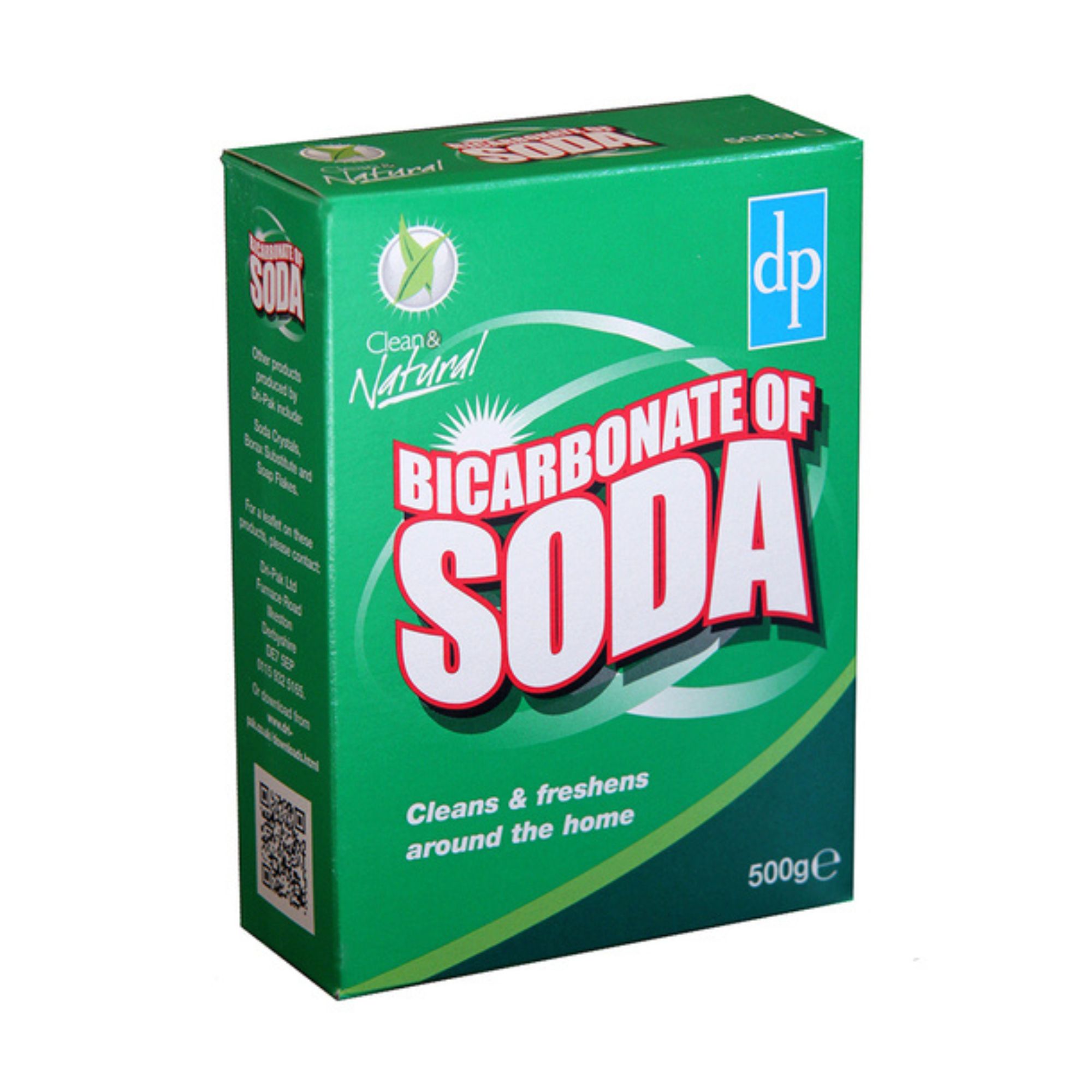Sorry, mops! This is what you should *actually* be using to clean tiled floors, according to the pros
Who knew mopping could make your floors dirtier...
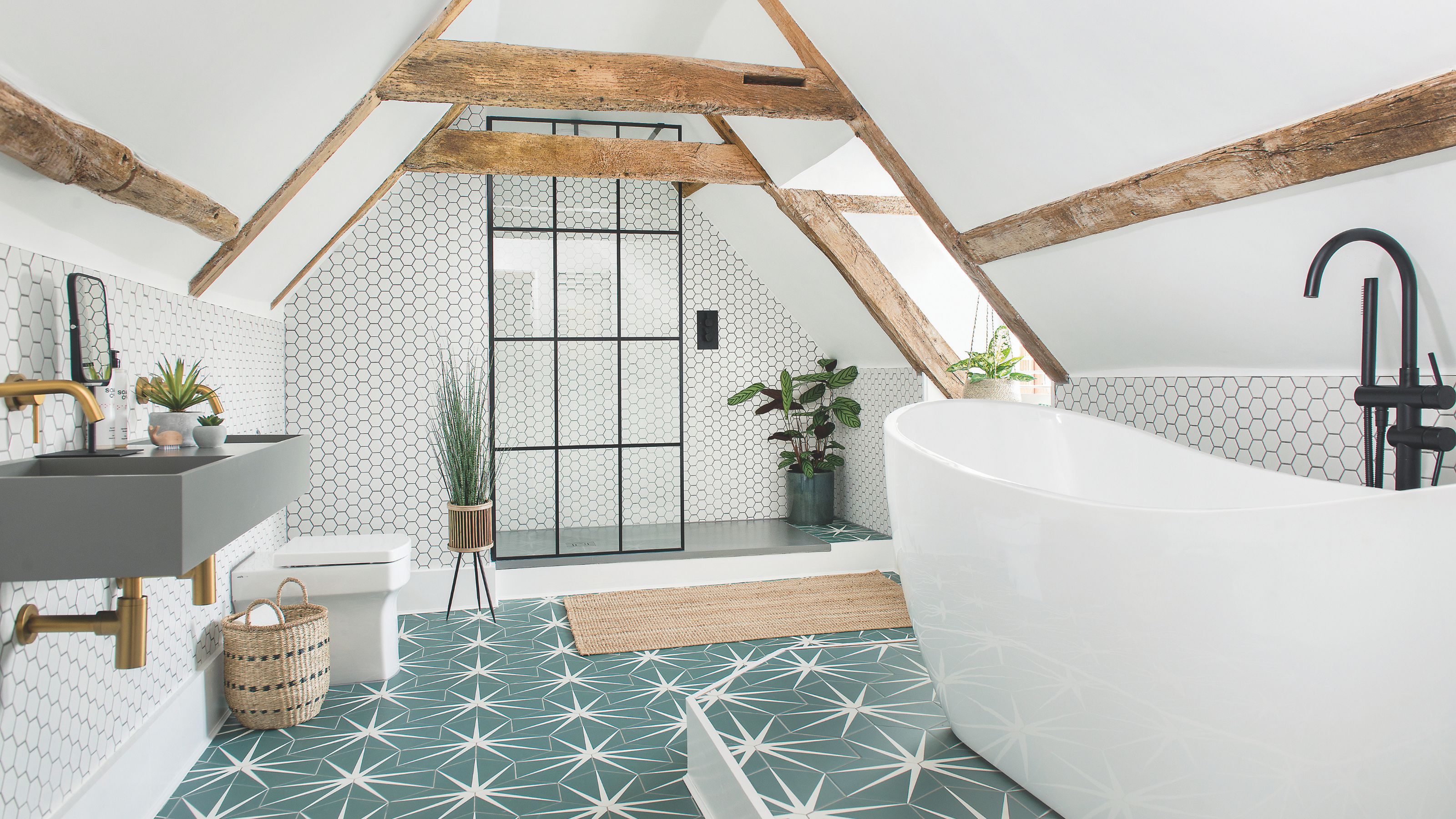

Kitchens, bathrooms, front porches… chances are that these areas of your home have tiled floors. And while it may seem like common sense to mop your tiles as you would the other hard flooring in your home, experts are urging you to stop mopping tiled floors immediately.
As Ideal Home’s floorcare expert, the best mops are pretty close to my heart. In fact, I recently inspired the whole team to invest in an ‘outdoor mop’ as I’m convinced UK households aren’t reaping the full benefits of this game-changing cleaning tool. But even though I appreciate just how effective they are at cleaning many hard flooring options, they’re not one-size-fits-all.
So, to help you avoid making any mistakes, I asked the professionals why you shouldn’t mop tiled floors - and what you should be using to clean your tiles instead. With this info in tow, you’ll be able to keep them squeaky-clean, looking fresh, and as germ-free as possible.
Why you shouldn’t mop tiled floors
There are so many things that you didn’t know you could clean with a mop, but your tiled floors aren’t one of them. To be more specific, mopping your tiled floors is one of the worst things you can do - not only for the look of your tiles, but also for the sake of your family and your wallet.
‘When you use a mop, you are essentially just spreading dirty water around the floor,' explains cleaning expert Joyce French at HomeHow.co.uk. 'You dip the mop into a bucket of water that becomes progressively dirtier as time passes, which means you’re just pushing contaminants from one area to another.’
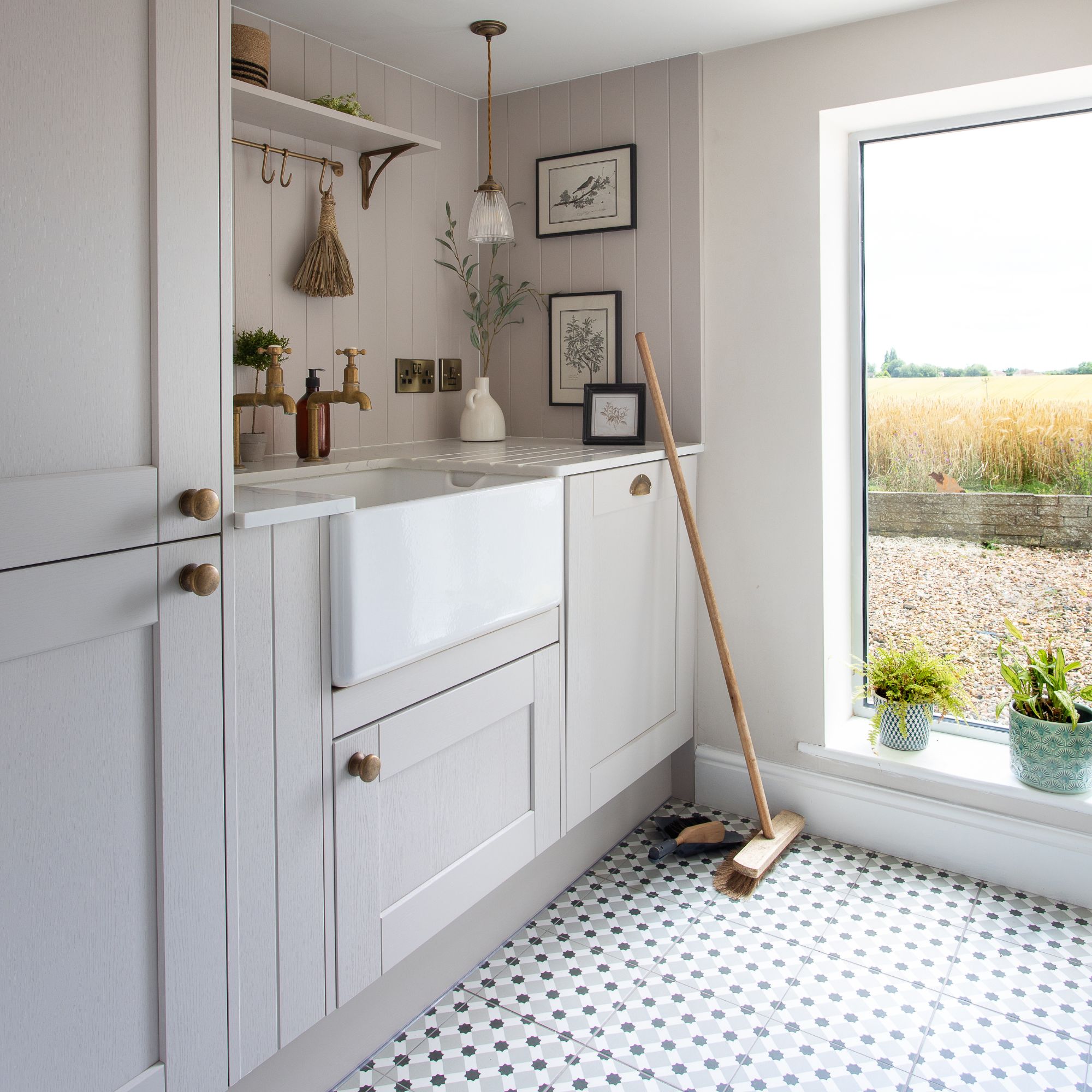
And while you may have the perfect mopping technique, mops themselves aren’t equipped to deal with the many grooves and naturally textured surfaces of tiles, and all mops - especially flat-head mops - will struggle to clean every nook and cranny. This leaves them open to dirt and bacteria build-up in kitchens, and even mould and mildew build-up in bathrooms.
Alongside this, mopping your tiled floors can be dangerous, as it’s often hard to control the amount of water you’re using when mopping. Laura Harnett, Founder of eco-friendly cleaning brand, Seep, agrees. ‘It’s best not to leave surface water sitting on them for too long. This can damage the grout and loosen the tiles, which can cause them to move and crack.’
Sign up to our newsletter for style inspiration, real homes, project and garden advice and shopping know-how
But that doesn’t mean that you can’t clean your tiled floors at all. The more effective (and more hygienic) alternative? A scrubbing brush! This cleaning tool prevents any mopping mistakes and allows for more targeted, controlled cleaning that gets into every groove and leaves a long-lasting finish.
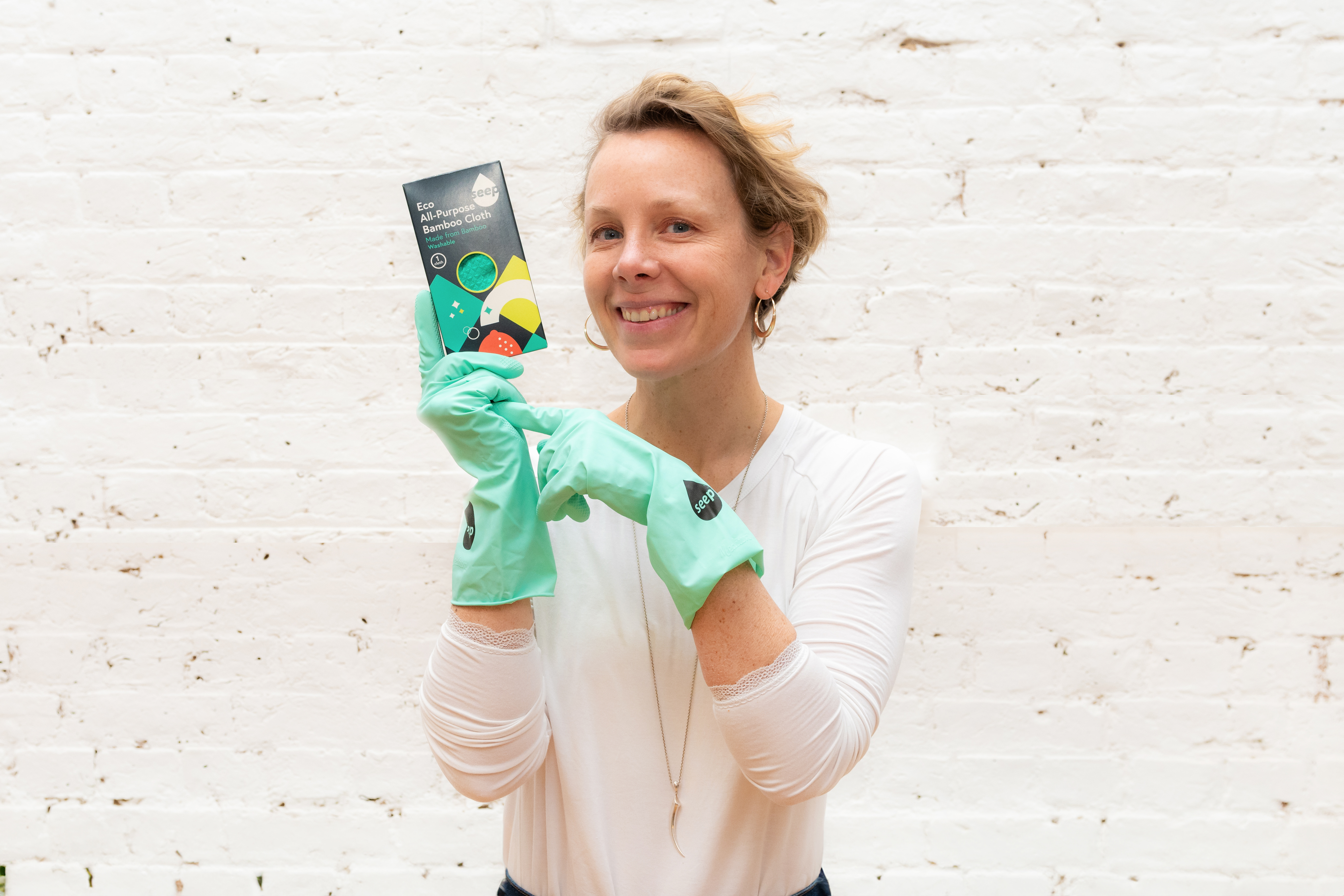
Laura is the founder of eco cleaning brand, Seep. She is determined to help as many people stop using unnecessary plastic as possible by encouraging them to switch to plastic free cleaning tools. She also recently appeared on Dragons’ Den and landed not one, but two Dragons to invest in her business.
How to properly clean tiled floors with a scrubbing brush
1. Choose the right scrubbing brush
Although scrubbing your tiled floors is one of the best ways to refresh your bathroom tile ideas, you also need to choose the right scrubbing brush for the job. After all, there are so many different types out there.
‘Make sure you don’t use one with too hard bristles or this could also loosen and damage the grout and could even risk scratching the tiles depending on the brush and tile type,' advises Laura. So, avoid tough wire-bristle brushes and opt for a softer one.
2. Grab a cleaning solution
Of course, you can just scrub your tiled floors with water, but it’s always worth adding a cleaning solution into the mix.
Most experts suggest cleaning with vinegar, as this mild acid can disinfect the tiles, break down grime, and even eliminate odours. In fact, it’s the main ingredient in the DIY floor cleaner I use at home.
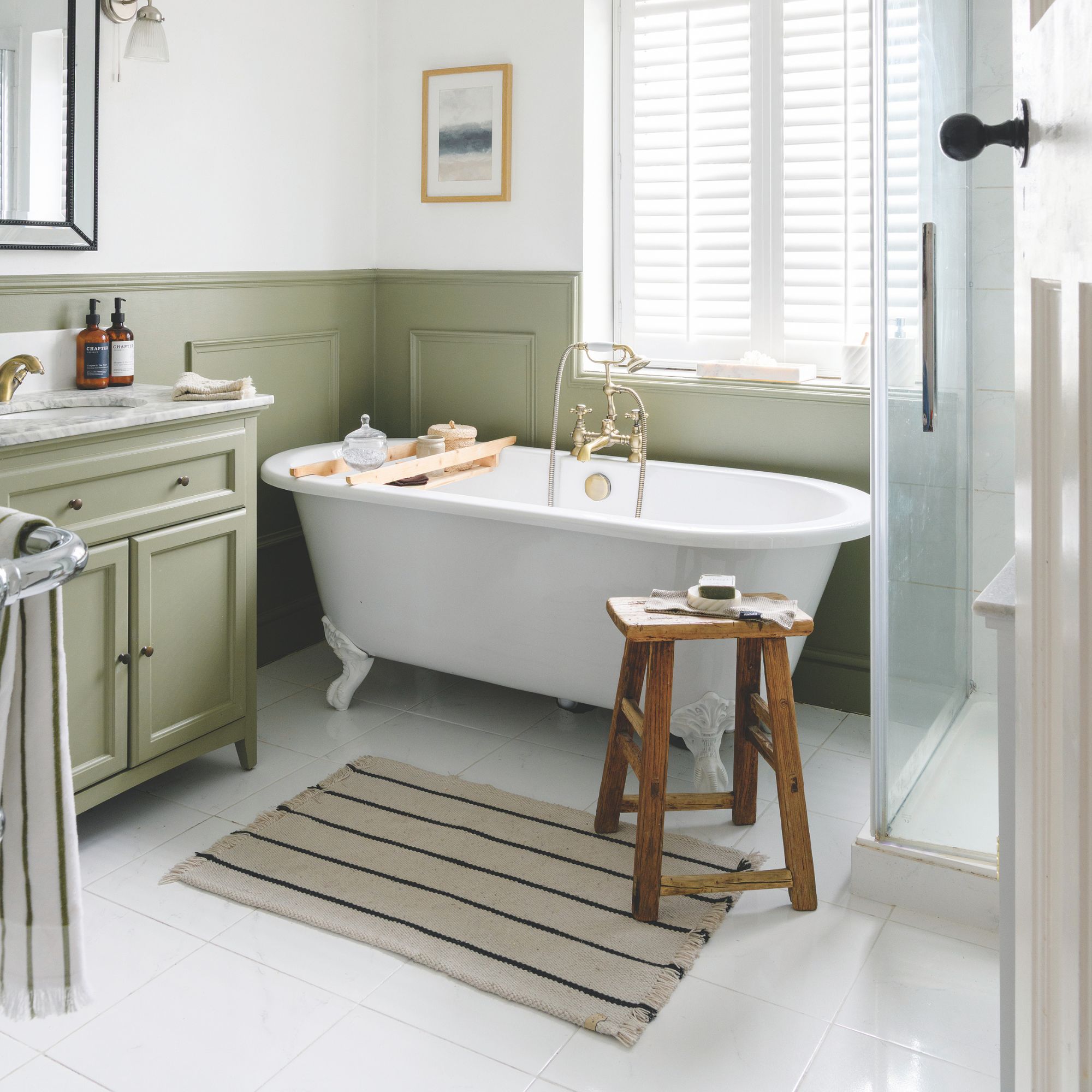
'White vinegar is antibacterial, so it will make the floor hygienic, and a spray bottle means the floor won’t get too wet,' notes Laura. 'Simply spray and then use your soft scrubbing brush to buff away any marks.’
However, you shouldn’t do this if you have natural stone tiles; instead, scrub with a gentler solution of washing-up liquid and water. You should do this in a circular motion.
3. Tackle tougher stains
If you have particularly textured tiles or white tiles that are looking a little discoloured due to stubborn staining, Laura says you may want to add some bicarbonate of soda into the mix.
‘For tougher marks and stains, mix a stiff paste using baking soda with a small amount of water and scrub this on with circular movements using your soft scrubbing brush.’
You should then remove the excess bicarb and water paste using a clean cloth, and rinse with a little bit of water to ensure you’re not oversaturating the tiles or leaving any pooling.
4. Consider steam cleaning
If the above steps don’t quite suit your cleaning style, using one of the best steam cleaners is an alternative option.
‘If the home has a lot of tiled areas, then investing in a steam mop could be a great solution as this just uses water, so it is chemical free, they are quick to use and hygienic and don’t leave excess surface water,' says Laura.
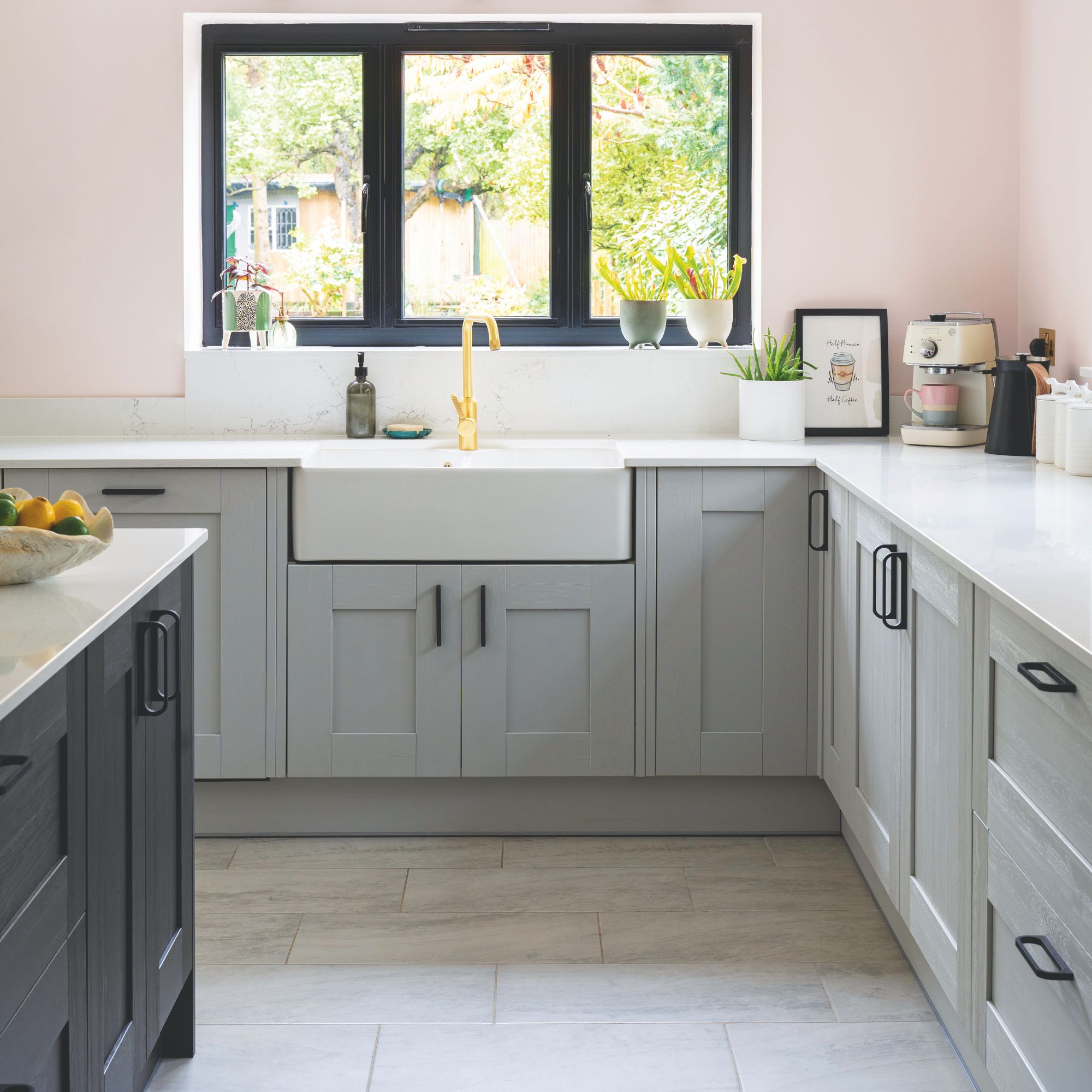
While steam mopping is always better than regular mopping, it’s best to opt for a handheld steam cleaner that has a mop attachment, so you can give it an overall mop while also using the smaller handheld pop-out to get into the smaller nooks and crannies. Bonus points if it has a grouting attachment.
Tile scrubbing essentials

This scrubbing brush is ideal for larger areas of tiles, as the long handle means you don't have to bend down. It also doubles as a squeegee to prevent water pooling. If you want to get a little more hands-on, though, I'd suggest this Oxo Soft Works Scrub Brush from Dunelm.

White vinegar is one of the best cleaning products out there, and it's completely natural, too. Just be warned that you shouldn't use it to clean natural stone tiles, as this can strip away the natural surface and leave them looking a little worse for wear.
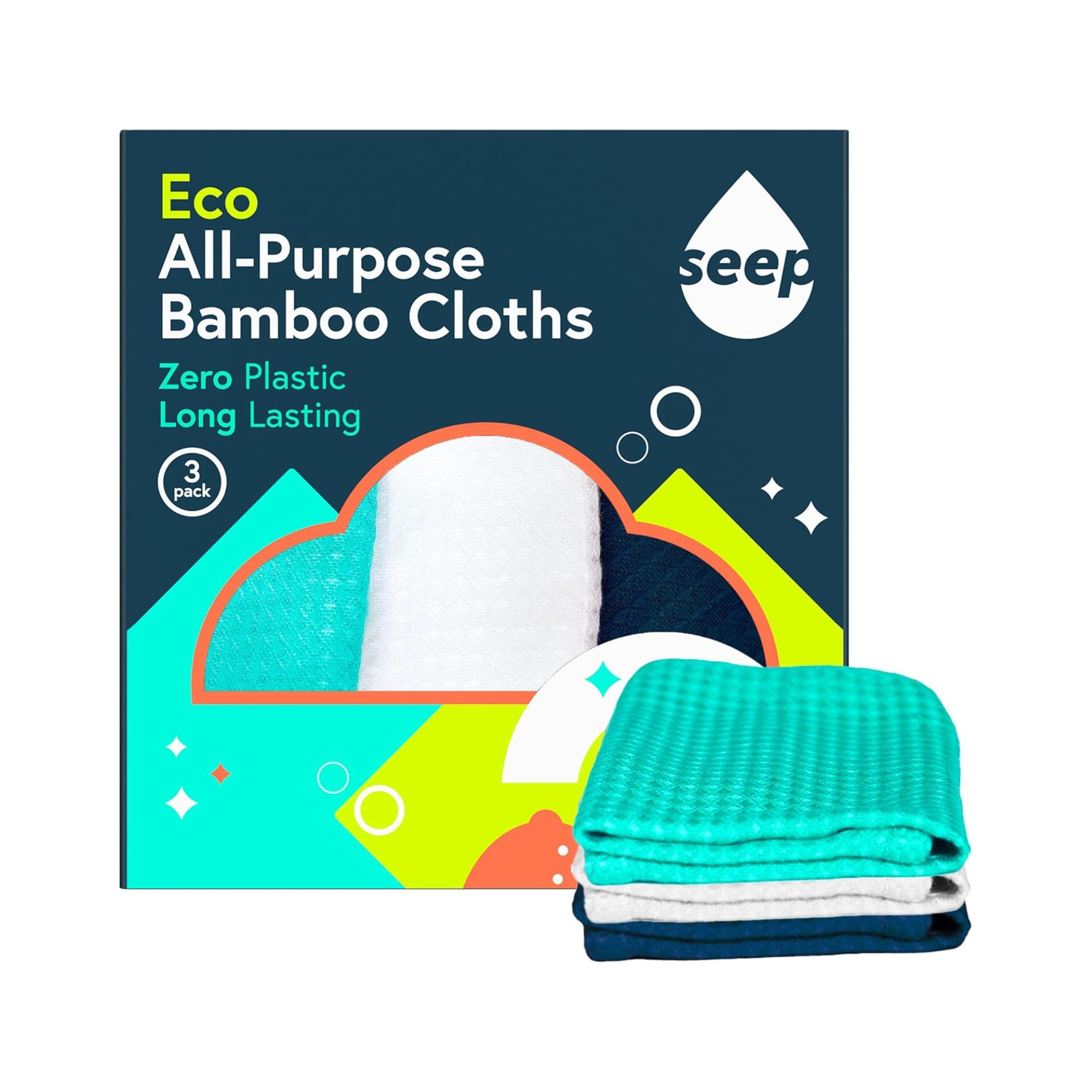
I've tried a lot of cleaning cloths in my time, but none have come close to the quality and the long-lasting nature of these bamboo cloths. They're also super eco-friendly, so you can rest easy knowing that you're not using or buying any unnecessary plastic.
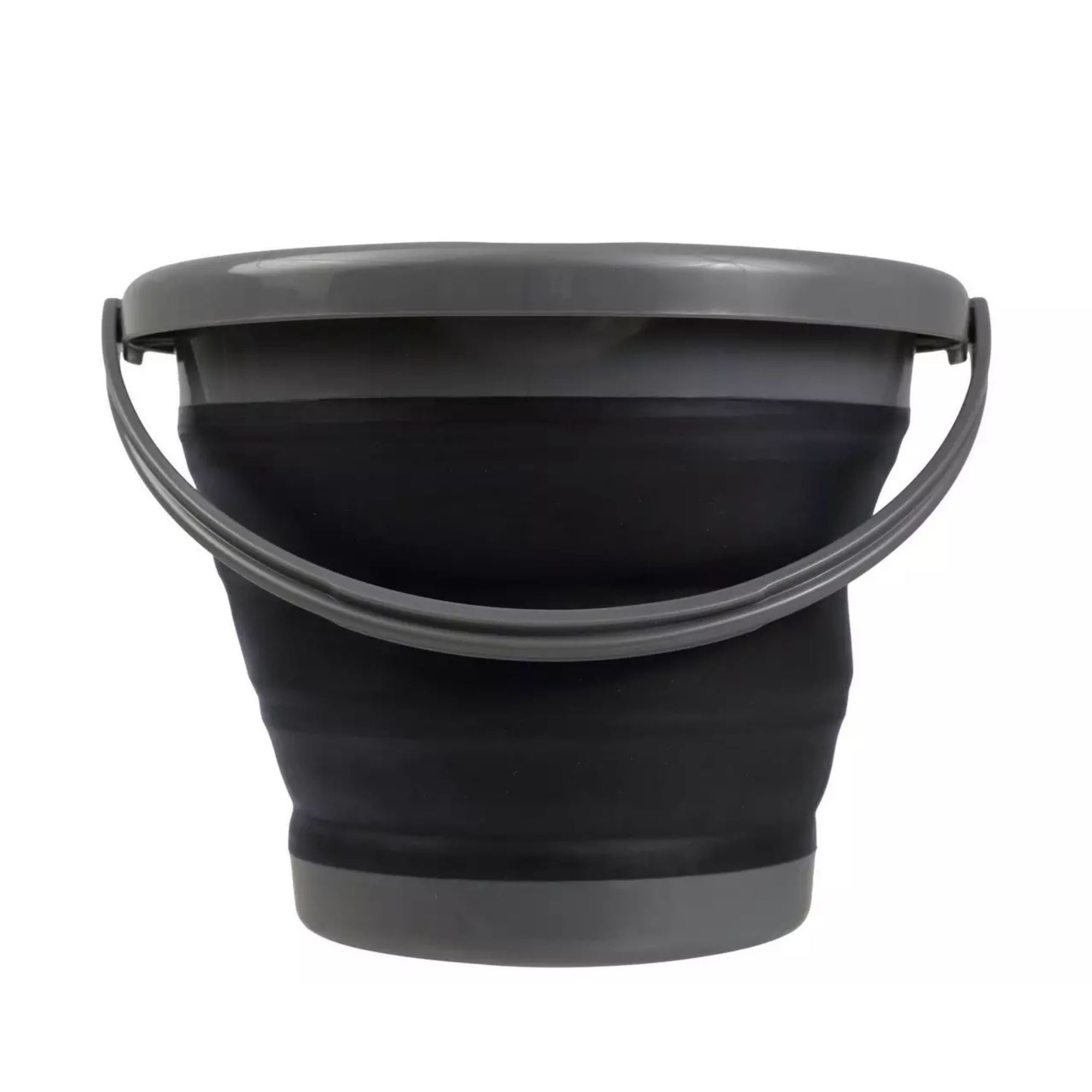
Limited storage space? A folding bucket can help you scrub your tiled floors without getting in the way. Simply fill with a mixture of white vinegar or washing-up liquid and water and get scrubbing. I vote for the Ecover Washing Up Liquid from Amazon.
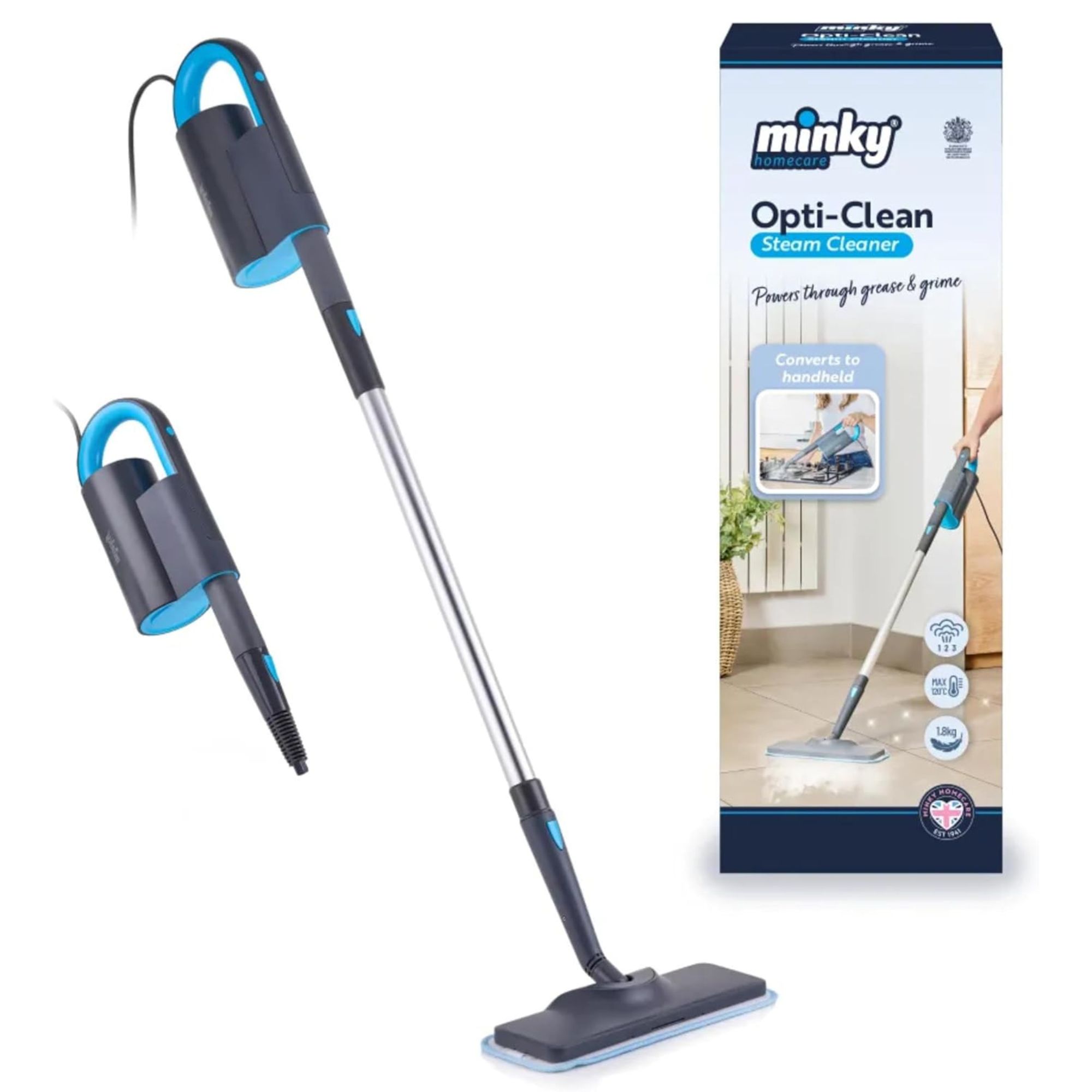
This is the steam cleaner I use at home, and although it comes with a mopping attachment, the grout attachment is my favourite as it really gives the tiles in my bathroom and kitchen the deep-clean they often need.
FAQs
What should you not clean tile floors with?
If you want to keep your tiled floors in prime condition, it’s important to avoid any harsh cleaners or cleaning products. This includes things like bleach, lemon juice, and vinegar for natural stone tiles. However, you can use white vinegar on tiles that aren’t made from natural stone.
Instead, you should opt for mild, pH-neutral cleaning solutions that aren’t too acidic or alkaline, as these will offer a gentler clean. Often, a mixture of warm water and washing-up liquid should be enough.
Why do my tile floors look cloudy after mopping?
If your tiles look cloudy after mopping, it’s highly likely that you’ve used too much cleaning product and haven’t cleaned it off properly. The leftover residue will often form a waxy, cloudy film over your tiles that you’ll need to clean off.
Alternatively, it may be that you simply didn’t use clean water to mop your floors. In this instance, you’ll need to clean them again with fresh, clean water.
Are you guilty of mopping your tiled floors?

Lauren Bradbury has been the Content Editor for the House Manual section since January 2025 but worked with the team as a freelancer for a year and a half before that. She graduated with a Bachelor’s degree in English and Creative Writing from the University of Chichester in 2016. Then, she dipped her toe into the world of content writing, primarily focusing on home content. After years of agency work, she decided to take the plunge and become a full-time freelancer for online publications, including Real Homes and Ideal Home, before taking on this permanent role. Now, she spends her days searching for the best decluttering and cleaning hacks and creating handy how-to guides for homeowners and renters alike, as well as testing vacuums as part of her role as the Ideal Home Certified Expert in Training on Vacuums, having spent over 110 hours testing different vacuum models to date!
You must confirm your public display name before commenting
Please logout and then login again, you will then be prompted to enter your display name.
